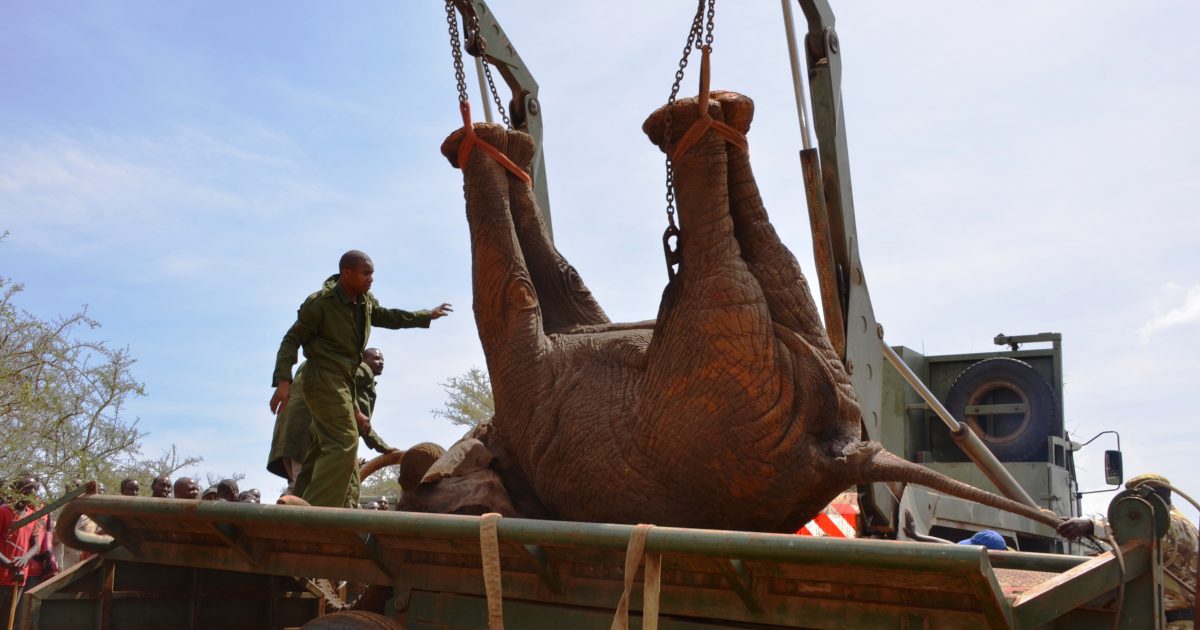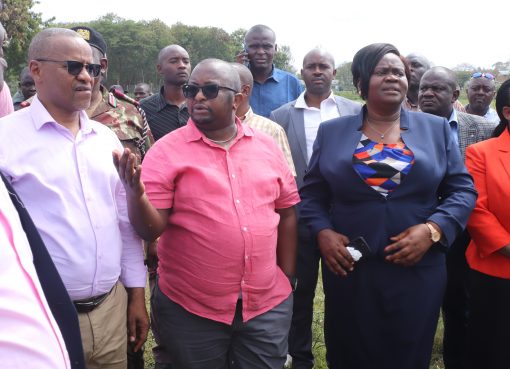Kenya Wildlife Service (KWS) is set to commence the national wildlife census at the Amboseli National Park in Kajiado County on Friday.
The eight-day exercise at one of Kenya’s largest game reserves will see wildlife enumerators traverse the county’s conservation areas counting wild animals.
KWS, Assistant Director in charge of the Southern Conservation Area, Lekishon Kenana said the objective of the exercise was to ascertain Kenya’s wildlife population and distribution, determine the exact locations of wildlife to minimize human wildlife conflict and identify threats to wildlife conservation and management.

“The exercise will enhance conservation efforts by determining the exact number of wildlife including the endangered species and their exact location thus enable us deal appropriately with issues affecting various wildlife species” Kenana added.
He revealed that the census will follow standard methods to count different species. Aerial survey technique will be used to count large mammals in savannah/arid and semi-arid conservations areas while camera traps and dung count methods will be used in forested ecosystems.
Kenana, who was speaking in Kajiado, noted that unlike the previous census where they only focused on the ‘big five’ (Elephants, lions, rhinos, buffalos and leopards), all other animals will be counted in this year’s census.
“We will begin the wildlife census in Amboseli on Friday and it will run for the next eight days. All wild animals will be counted during this year’s census not only the big five. All wild animals within the vicinity of the enumerators will be counted” he said.
The director added that the information generated during the census will support the implementation of Kenya’s conservation and tourism policies and support tools for adaptive management.
The census will also help the service determine the level of poaching of the endangered wildlife species and make relevant decisions on how to curb the menace.
“The animal count will help us understand population sizes and their distribution, identify threats the wild animals face thus suggest conservation strategies” he said.
Kenana further revealed that every two years, the Ministry of Tourism and Wildlife is required to provide information as outlined in the Wildlife Conservation and Management Act (WCMA), 2013 as well as the status of wildlife resources monitoring report respectively.
The reports are supposed to be presented to Parliament by the Cabinet Secretary responsible for Wildlife Conservation and Management as stipulated in sections 49(4) and 64(3) of the Wildlife Conservation and Management Act, 2013.
Kenya on May 7, launched its first nationwide wildlife census to establish the status of her wildlife resources.
The two-month exercise funded by the government at a cost of Sh250 million will be undertaken by the Ministry of Tourism and Wildlife, Kenya Wildlife Service (KWS) and Kenya Wildlife Research and Training Institute.
By Rop Janet





